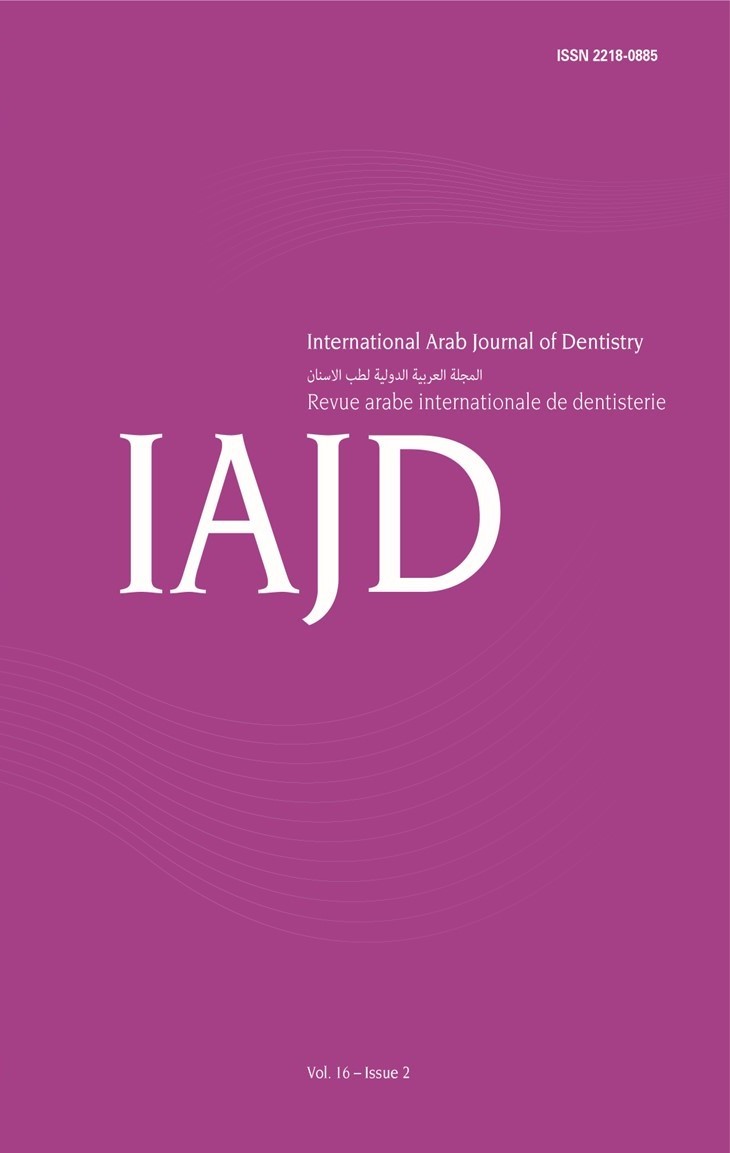Abstract
Introduction : Black stains (BS) on teeth often lead to dental visits in children due to their esthetic impact. Beyond cosmetic concerns, black stains may play a role in oral health, potentially suggesting a lower risk of dental caries through the regulation of oral microbiota and pH levels. Understanding the association of black stains with oral pH and caries presence can offer insights into protective and preventive strategies in pediatric dentistry.
Objectives : The purpose of this study is to assess the correlation between black stains, oral cavity pH, and the presence of caries in a sample of 6- to 8-year-old Lebanese children.
Methods : In this clinical comparative study, 80 healthy children aged from 6 to 8 years were selected from Lebanese schools, the Department of Pediatric Dentistry at the Saint Joseph University Faculty of Dental Medicine in Beirut, and a private practice in Rayfoun (Mount Lebanon). Participants were classified into two groups: 40 children with and 40 without black stains on their teeth. Data including the presence or absence of black stains on teeth surfaces, oral pH, age, gender, and carious teeth number were registered for each participant. Clinical examination for black stain presence and caries detection was conducted through visual and tactile inspection without radiographs. Black stains were recorded as present or absent and carious teeth count was scored. Salivary samples were obtained following standard protocols, with at least a 30-minute interval away from eating, drinking, or tooth brushing. Oral pH was determined by placing salivary samples on litmus paper (TRIXES® pH Test Paper Book); this test was performed twice per subject, the values obtained were added then divided by two, and the mean value obtained was recorded as the subject’s salivary pH.
Results : Children with black stains on teeth surfaces had a higher oral cavity pH and fewer dental carious teeth compared to those without black stains. No meaningful differences in age or gender were detected between groups.
Conclusions : Black stains’ association with a higher oral cavity pH and a lower number of carious teeth may imply a potential protective role in children’s oral health against the development of caries.

